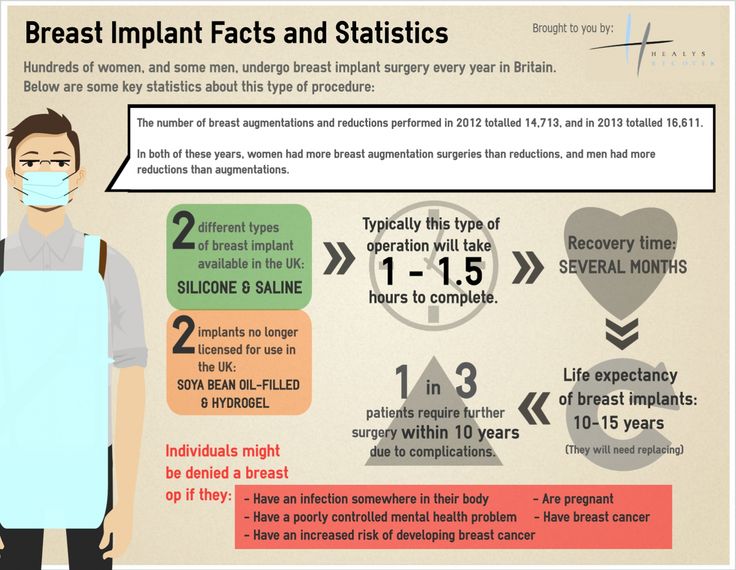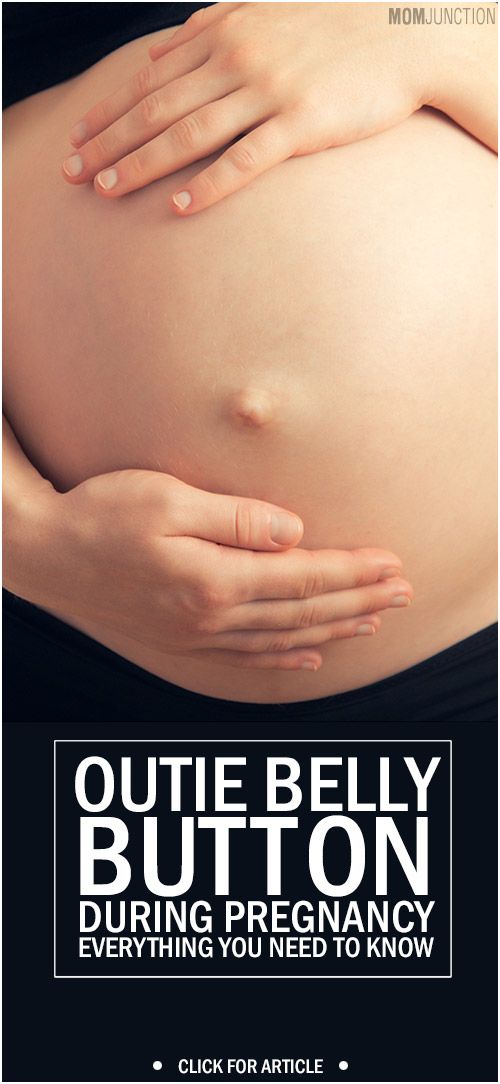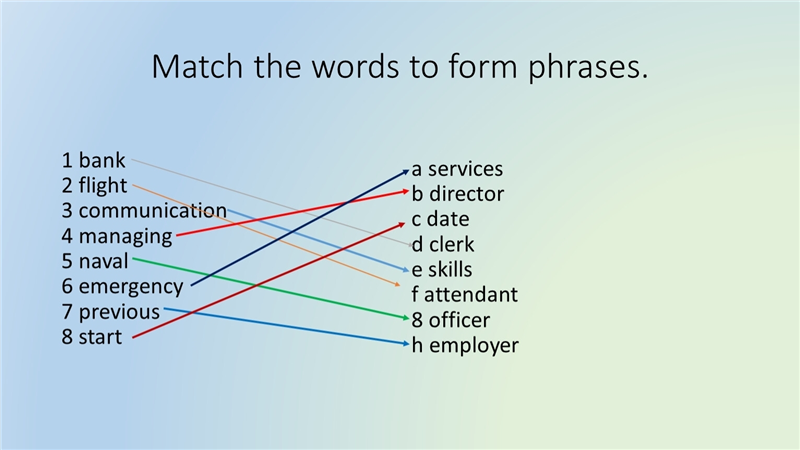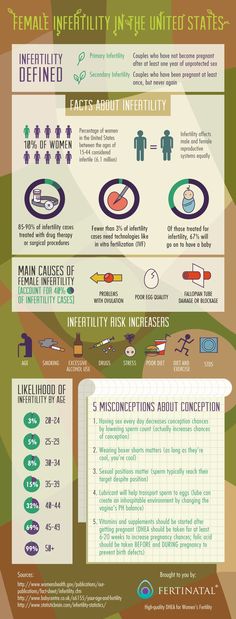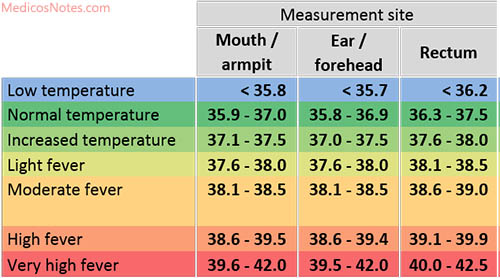Can i get induced at 38 weeks
Medical reasons for inducing labor
Inducing labor (also called labor induction) is when your provider gives you medicine or breaks your water to make labor start.
Your provider may recommend inducing labor if your health or your baby’s health is at risk or if you’re 2 weeks or more past your due date.
Inducing labor should only be for medical reasons. If your pregnancy is healthy, it’s best to wait for labor to start on its own.
If your provider recommends inducing labor, ask about waiting until at least 39 weeks to be induced so your baby has time to develop in the womb.
What is inducing labor?
Inducing labor (also called labor induction) is when your health care provider gives you medicine or uses other methods, like breaking your water (amniotic sac), to make your labor start. The amniotic sac (also called bag of waters) is the sac inside the uterus (womb) that holds your growing baby. The sac is filled with amniotic fluid. Contractions are when the muscles of your uterus get tight and then relax. Contractions help push your baby out of your uterus.
Your provider may recommend inducing labor if your health or your baby’s health is at risk or if you’re 2 weeks or more past your due date. For some women, inducing labor is the best way to keep mom and baby healthy. Inducing labor should be for medical reasons only.
If there are medical reasons to induce your labor, talk to your provider about waiting until at least 39 weeks of pregnancy. This gives your baby the time she needs to grow and develop before birth. Scheduling labor induction should be for medical reasons only.
What are medical reasons for inducing labor?
Your provider may recommend inducing labor if:
- Your pregnancy lasts longer than 41 to 42 weeks. After 42 weeks, the placenta may not work as well as it did earlier in pregnancy. The placenta grows in your uterus (womb) and supplies your baby with food and oxygen through the umbilical cord.

- Your placenta is separating from your uterus (also called placental abruption) or you have an infection in your uterus.
- Your water breaks before labor begins. This is called premature rupture of membranes (also called PROM).
- You have health problems, like diabetes, high blood pressure or preeclampsia or problems with your heart, lungs or kidneys. Diabetes is when your body has too much sugar (called glucose) in your blood. This can damage organs in your body, including blood vessels, nerves, eyes and kidneys. High blood pressure is when the force of blood against the walls of the blood vessels is too high and stresses your heart. Preeclampsia is a serious blood pressure condition that can happen after the 20th week of pregnancy or after giving birth (called postpartum preeclampsia).
- Your baby has a stopped growing. Or your baby has oligohydramnios. This means your baby doesn’t have enough amniotic fluid.
- You have Rh disease and it causes problems with your baby’s blood.

What are the risks of scheduling labor induction for non-medical reasons?
Scheduling labor induction may cause problems for you and your baby because your due date may not be exactly right. Sometimes it’s hard to know exactly when you got pregnant. If you schedule labor induction and your due date is off by a week or 2, your baby may be born too early. Babies born early (called premature babies) may have more health problems at birth and later in life than babies born on time. This is why it’s important to wait until at least 39 weeks to induce labor.
If your pregnancy is healthy, it’s best to let labor begin on its own. If your provider talks to you about inducing labor, ask if you can wait until at least 39 weeks to be induced. This gives your baby’s lungs and brain all the time they need to fully grow and develop before he’s born.
If there are problems with your pregnancy or your baby’s health, you may need to have your baby earlier than 39 weeks. In these cases, your provider may recommend an early birth because the benefits outweigh the risks. Inducing labor before 39 weeks of pregnancy is recommended only if there are health problems that affect you and your baby.
In these cases, your provider may recommend an early birth because the benefits outweigh the risks. Inducing labor before 39 weeks of pregnancy is recommended only if there are health problems that affect you and your baby.
If your provider recommends inducing labor, ask these questions:
- Why do we need to induce my labor?
- Is there a problem with my health or the health of my baby that may make inducing labor necessary before 39 weeks? Can I wait to have my baby closer to 39 weeks?
- How will you induce my labor?
- What can I expect when you induce labor?
- Will inducing labor increase the chance that I'll need to have a c-section?
- What are my options for pain medicine?
Last reviewed: September, 2018
See also: 39 weeks infographic
Scheduling Early Delivery of Your Baby
Why scheduling early delivery is not a good idea
Sometimes there are medical reasons for a woman to deliver her baby before naturally going into labor. For example, if a week or more passes after the due date and the baby does not come, doctors may need to start, or induce, labor. Or if the woman or her baby is at risk, doctors may need to deliver the baby by Cesarean delivery, or C-section.
For example, if a week or more passes after the due date and the baby does not come, doctors may need to start, or induce, labor. Or if the woman or her baby is at risk, doctors may need to deliver the baby by Cesarean delivery, or C-section.
These types of deliveries can save lives. But to hurry a baby’s birth—just to make it convenient for you or your doctor—can increase the risk of serious problems for both you and your baby. Here’s why:
Full term is better.
A full-term pregnancy lasts at least 39 weeks. Of course, some babies naturally arrive sooner. And complications during pregnancy can make an early delivery the safest choice. But most babies need 39 weeks to develop fully. Induced or planned delivery before that time—without valid medical reason—is not in the best interest of the baby or the mother.
Between 1990 and 2007, there were fewer full-term births, and almost twice as many babies born at 37 and 38 weeks. One reason for this is that it became more common for women to be scheduled for a C-section or to have labor induced before their due date. Some hospitals have taken recent steps to reduce unnecessary early deliveries, but too many births are still being scheduled for convenience.
Some hospitals have taken recent steps to reduce unnecessary early deliveries, but too many births are still being scheduled for convenience.
Carrying an infant the full 39 weeks has important health benefits for the baby and the mother. For example, during weeks 37 and 38, the baby’s lungs and brain are still developing. The baby’s body also gains fat during this time, which helps the baby keep a healthy body temperature.
Babies induced or delivered by C-section before 39 weeks are more likely to have problems breathing and feeding, have severe jaundice, and need intensive care after birth. They also have a higher chance of having cerebral palsy, which can affect movement, hearing, seeing, thinking, and learning. And, while the overall risk of infant death is low, it is higher for babies who are delivered before 39 weeks.
Women who carry their baby at least 39 weeks also have less postpartum depression. This may be because their infants are less likely to have problems than those born early.
Let nature take its course.
To prepare for birth, the cervix softens and thins. As this happens, the opening gets bigger, or dilates. But if your cervix has not changed, even if you’re in the 39th week of your pregnancy, you should not induce labor without a medical reason.
If your body is not ready, your delivery is less likely to go smoothly. For example, you are at increased risk of having a C-section, especially if you are giving birth for the first time. And your baby may be more likely to need intensive care after delivery.
Even when the cervix shows signs of being ready, there are reasons to allow labor to happen on its own. Natural labor is usually easier and shorter than induced labor. And you can usually spend the early part of your labor at home, moving around and staying as comfortable as you can.
By contrast, an induced labor takes place in the hospital. You will most likely be hooked up to medical equipment, including at least one intravenous (IV) line and an electronic fetal monitor. You will be given medicines to start your labor. You may not be able to eat or drink.
You will be given medicines to start your labor. You may not be able to eat or drink.
When should you induce labor?
Having a doctor start your labor is justified when there’s a medical reason, such as your water breaking and labor not starting. You may also need labor induced if you are a week or more past your due date.
This report is for you to use when talking with your healthcare provider. It is not a substitute for medical advice and treatment. Use of this report is at your own risk. © 2016 Consumer Reports. Developed in cooperation with the American Academy of Family Physicians and the American College of Obstetricians and Gynecologists.
02/2013
Induction of labor or induction of labor
The purpose of this informational material is to familiarize the patient with the induction of labor procedure and to provide information on how and why it is performed.
In most cases, labor begins between the 37th and 42nd weeks of pregnancy. Such births are called spontaneous. If drugs or medical devices are used before the onset of spontaneous labor, then the terms "stimulated" or "induced" labor are used in this case.
Labor should be induced when further pregnancy is for some reason unsafe for the mother or baby and it is not possible to wait for spontaneous labor to begin.
The purpose of stimulation is to start labor by stimulating uterine contractions.
When inducing labor, the patient must be in the hospital so that both mother and baby can be closely monitored.
Labor induction methods
The choice of labor induction method depends on the maturity of the cervix of the patient, which is assessed using the Bishop scale (when viewed through the vagina, the position of the cervix, the degree of its dilatation, consistency, length, and the position of the presenting part of the fetus in the pelvic area are assessed). Also important is the medical history (medical history) of the patient, for example, a past caesarean section or operations on the uterus.
Also important is the medical history (medical history) of the patient, for example, a past caesarean section or operations on the uterus.
The following methods are used to induce (stimulate) labor:
- Oral misoprostol is a drug that is a synthetic analogue of prostaglandins found in the body. It prepares the body for childbirth, under its action the cervix becomes softer and begins to open.
- Balloon Catheter - A small tube is placed in the cervix and the balloon attached to the end is filled with fluid to apply mechanical pressure to the cervix. When using this method, the cervix becomes softer and begins to open. The balloon catheter is kept inside until it spontaneously exits or until the next gynecological examination.
- Amniotomy or opening of the fetal bladder - in this case, during a gynecological examination, when the cervix has already dilated sufficiently, the fetal bladder is artificially opened. When the amniotic fluid breaks, spontaneous uterine contractions will begin, or intravenous medication may be used to stimulate them.

- Intravenously injected synthetic oxytocin - acts similarly to the hormone of the same name produced in the body. The drug is given by intravenous infusion when the cervix has already dilated (to support uterine contractions). The dose of the drug can be increased as needed to achieve regular uterine contractions.
When is it necessary to induce labor?
Labor induction is recommended when the benefits outweigh the risks.
Induction of labor may be indicated in the following cases:
- The patient has a comorbid condition complicating pregnancy (eg, high blood pressure, diabetes mellitus, preeclampsia, or some other condition).
- The duration of pregnancy is already exceeding the norm - the probability of intrauterine death of the fetus increases after the 42nd week of pregnancy.
- Fetal problems, eg, problems with fetal development, abnormal amount of amniotic fluid, changes in fetal condition, various fetal disorders.

- If the amniotic fluid has broken and uterine contractions have not started within the next 24 hours, there is an increased risk of inflammation in both the mother and the fetus. This indication does not apply in case of preterm labor, when preparation of the baby's lungs with a special medicine is necessary before delivery.
- Intrauterine fetal death.
What are the risks associated with labor induction?
Labor induction is not usually associated with significant complications.
Occasionally, after receiving misoprostol, a patient may develop fever, chills, vomiting, diarrhea, and too frequent uterine contractions (tachysystole). In case of too frequent contractions to relax the uterus, the patient is injected intravenously relaxing muscles uterus medicine. It is not safe to use misoprostol if you have had a previous caesarean section as there is a risk of rupture of the uterine scar.
The use of a balloon catheter increases the risk of inflammation inside the uterus.
When using oxytocin, the patient may rarely experience a decrease in blood pressure, tachycardia (rapid heartbeat), hyponatremia (lack of sodium in the blood), which may result in headache, loss of appetite, nausea, vomiting, abdominal pain, depression strength and sleepiness.
Induction of labor, compared with spontaneous labor, increases the risk of prolonged labor, the need for instrumentation
(use of vacuum or forceps), postpartum hemorrhage, uterine rupture, the onset of too frequent uterine contractions and the associated deterioration of the fetus, prolapse umbilical cord, as well as premature detachment of the placenta.
If induction of labor is not successful
The time frame for induction of labor varies from patient to patient, on average labor begins within 24-72 hours. Sometimes more than one method is required.
The methods used do not always work equally quickly and in the same way on different patients. If the cervix does not dilate as a result of induction of labor, your doctor will tell you about your next options (which may include inducing labor later, using a different method, or delivering by caesarean section).
If the cervix does not dilate as a result of induction of labor, your doctor will tell you about your next options (which may include inducing labor later, using a different method, or delivering by caesarean section).
ITK833
This informational material was approved by the Women's Clinic on 01/01/2022.
Induction of labor at or near the end of pregnancy if a large fetus (macrosomia) is suspected
This translation is out of date. Please click here for the latest English version of this review.
What is the problem?
Very large babies (or macrosomates weighing more than 4000 g at birth) may have difficult or sometimes traumatic births. One suggestion to reduce this injury is to induce labor before the baby grows too large. Estimating a baby's weight before birth is difficult and not entirely accurate. Clinical assessment is based on palpation of the uterus and determination of the height of the uterine fundus. Both methods are subject to significant variations. Ultrasound examination also does not give accurate results, so the assumption of a large fetus may not be confirmed at birth. This may worry parents.
Both methods are subject to significant variations. Ultrasound examination also does not give accurate results, so the assumption of a large fetus may not be confirmed at birth. This may worry parents.
Why is this important?
Induction of labor too early can result in the baby being born prematurely or with insufficient organ maturity.
What evidence did we find?
We found four studies that evaluated labor induction at 37-40 weeks in women with suspected large fetuses. 1190 pregnant women without diabetes were examined. We searched for evidence up to 31 October 2015. These studies were of average to good quality, although it was not possible to "blind" the women or their caregivers into not knowing which group a woman belonged to. This could introduce a bias (bias, evaluation bias).
What does this mean?
The number of deliveries in which the baby's shoulders got stuck (shoulder dystocia) or a bone fracture occurred (usually the collarbone, which heals well without sequelae) was lower in the induced labor group.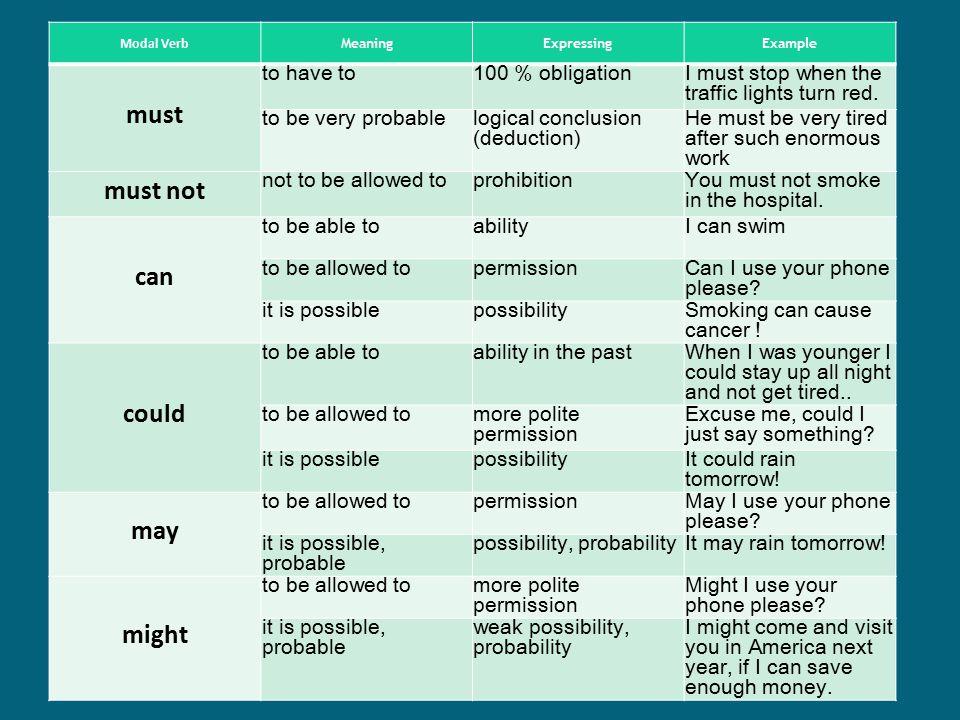 This evidence was rated as moderate quality evidence for shoulder dystocia and high quality evidence for fractures. There was no clear difference between the groups in terms of damage to the nerve plexuses that send signals from the spinal cord to the shoulder, forearm and hand (brachial plexus injury) of the child (low-quality evidence due to the very small number of such cases) or oxygen deprivation during time of birth. The labor induction policy reduced the average birth weight of a child by 178 g. Studies did not show any difference in the number of women who had a caesarean section or instrumental delivery. There is limited evidence that women in the induced labor group had more severe perineal injuries. We can conclude that there are benefits/benefits, but there may be some disadvantages to induction of labor shortly before the due date. It is necessary to discuss with parents the choice of induction of labor if it is suspected that their child may be too large.
This evidence was rated as moderate quality evidence for shoulder dystocia and high quality evidence for fractures. There was no clear difference between the groups in terms of damage to the nerve plexuses that send signals from the spinal cord to the shoulder, forearm and hand (brachial plexus injury) of the child (low-quality evidence due to the very small number of such cases) or oxygen deprivation during time of birth. The labor induction policy reduced the average birth weight of a child by 178 g. Studies did not show any difference in the number of women who had a caesarean section or instrumental delivery. There is limited evidence that women in the induced labor group had more severe perineal injuries. We can conclude that there are benefits/benefits, but there may be some disadvantages to induction of labor shortly before the due date. It is necessary to discuss with parents the choice of induction of labor if it is suspected that their child may be too large.
While some parents and clinicians may feel that the evidence is sufficient to justify induction of labor, others may disagree.

